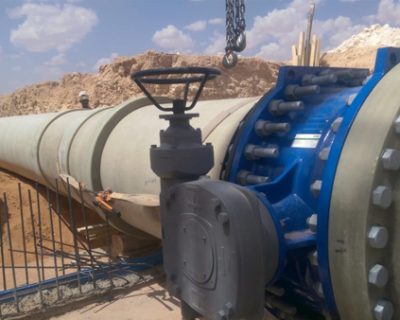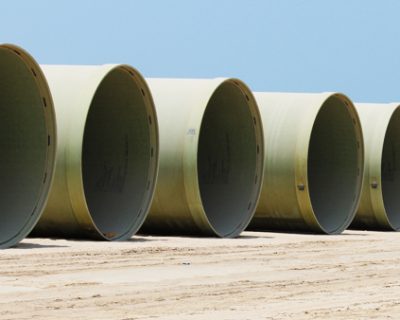Blog

Customizing GRP/FRP Piping: Tailoring Solutions for Specialized Needs
FRP or GRP piping refers to the Fiberglass Reinforced Plastic piping or Glass Reinforced Plastic. It has received immense application in several industries. With its base in the polymer matrix reinforced with fibers, generally with glass fiber, GRP/FRP pipes are light, strong, and corrosion resistant. These qualities make the GRP/FRP piping ideal for demanding operational conditions, especially in chemical processing, water treatment, and most industrial uses.
Benefits of Customizing GRP/FRP Piping
The options for further customization of GRP/FRP piping assure many benefits, allowing developers to develop individual solutions that match exclusive requirements and provide the highest effectiveness. Methods such as hand lay-up, spray lay-up, and vacuum infusion help create solutions with complicated forms and shapes that are impossible with other alternatives.
Advanced Customization Techniques
Hand Lay-Up: This method usually requires the fiber reinforcement to be inserted into the mold by hand and then impregnated with resin. It works best in complex shapes and the production of fewer products.
Spray Lay-Up: Ensures equal thickness and uniform coverage when a spray gun applies a mixture of resin and chopped fibers.
Vacuum Infusion: Guarantees high strength, low weight components where resin is drawn into a mold under vacuum for customization.
Key Customization Areas
Size and Dimensions: GRP/FRP fittings are not limited to standard sizes. Customization allows unique dimensions, such as unusually large diameters or specific bend radii, to fit particular applications.
Resin Selection: Different resins offer varying levels of chemical resistance, temperature tolerance, and UV stability. Selecting the suitable resin ensures optimal performance under specific conditions.
Reinforcement Material: While glass fiber is common, other materials like carbon fiber and aramid fibers can enhance strength or impact resistance, depending on the requirements.
Lining Options: For handling extremely aggressive chemicals, GRP/FRP fittings can be lined with specialized materials like PTFE or PVC, adding an extra layer of protection.




